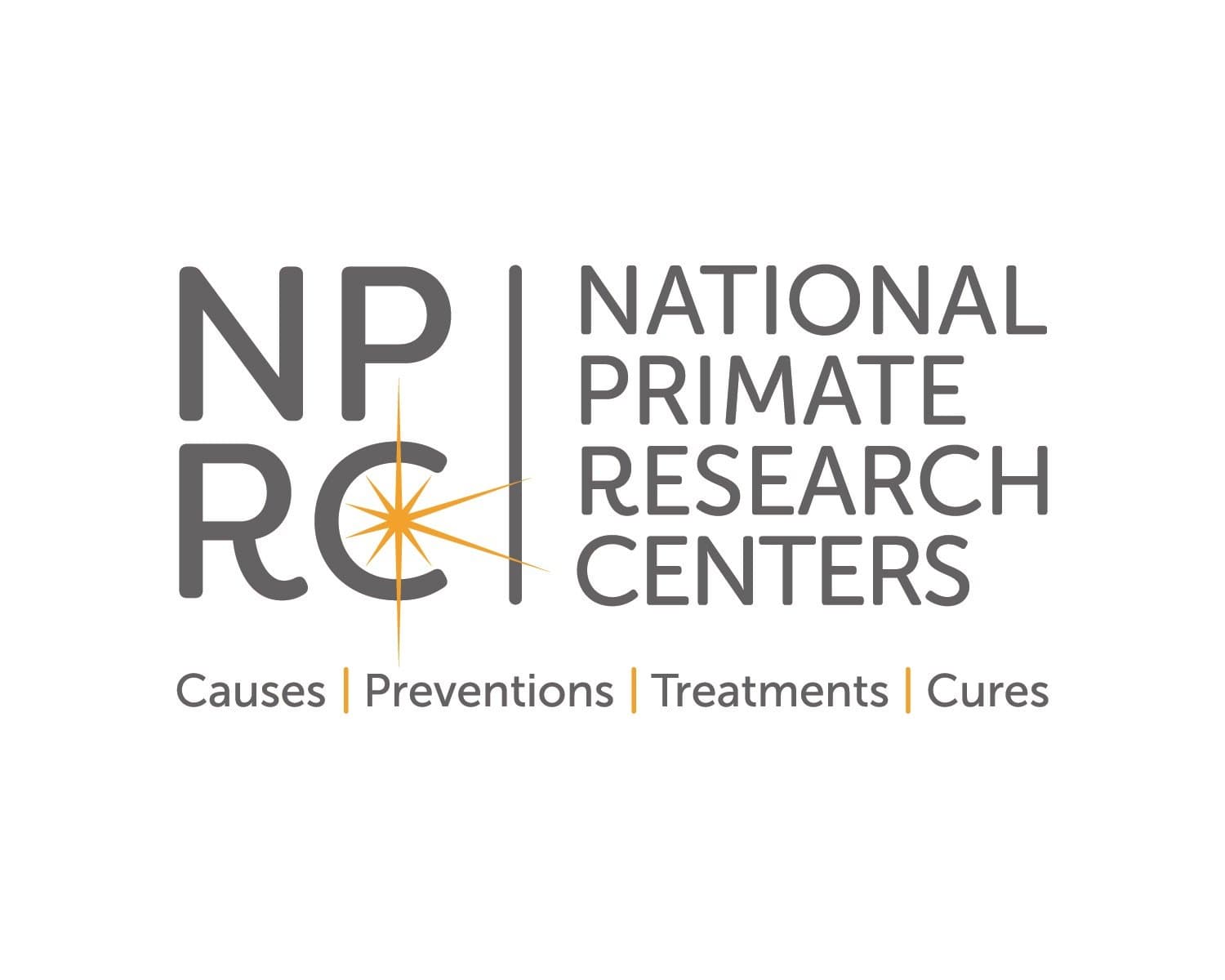A Network Resource for Non-Human Primate Research
Research with non-human primates (NHPs)1–4 is significant to our understanding of how the human body responds to diseases, some forms of cancers, organ transplantation, and how the human brain works. Although NHPs are fundamental to science and medicine, access to these animals and their related resources is limited. To alleviate this limitation, collaborative initiatives among research institutions have been established to increase access and promote sharing of invaluable resources among the scientific community. One such initiative is the National Primate Research Center (NPRC) Consortium. The NPRC Consortium is a research network of seven Centers located throughout the United States. Funded by the Office of Research Infrastructure Programs of the National Institutes of Health, the Consortium’s mission is to improve global health through biomedical research with NHPs and to communicate this mission through outreach. The benefit of NHP research is best demonstrated by the myriad of scientific advancements5–7 and available resources at these Centers.
An important long-standing resource of the Consortium is the NPRC website www.nprcresearch.org. This resource is an outreach platform where scientists can learn about NPRC achievements, read research articles, and find information concerning the core capabilities available at each Center. Because many institutions are not adequately equipped to support NHP research, scientists can identify which Center supports their specialized research application and contact that Center for consultation. Recent updates to this website include expansion of resource pages on NHP genetics and behavior. This open-access resource will continue to provide scientists with the necessary information to advance their research and to foster collaborations that extend beyond the network.

Although NHPs are valuable to science and have contributed to medical advances, their contributions are not widely recognized. Thus, to highlight the consortium’s diverse scientific achievements, a new website was recently launched, www.nprc.org, to facilitate a greater appreciation of the NPRC’s concerns for animal welfare and emphasis on scientific excellence. The new website is a companion to the existing online resource.8 According to Lisa Newbern, Chief of Public Affairs at Yerkes National Primate Research Center (one of the seven NPRCs), “The collaboration among the seven NPRCs to launch the new website is just one example of the NPRCs’ commitment to public outreach. The site will contain information about the seven Centers’ research to help people across generations and the world live longer, healthier lives, as well as information about the expert care each Center provides to its research animals. When anyone needs information about the continued need for and benefits received from the responsible use of animals in research, nprc.org will be the best resource.” Visitors of the new site9 can stay abreast of the Centers’ activities, learn about animal welfare practices, and read exciting news releases or “hot topics” that are updated via a Content Calendar. Visitors of the new site9 will notice that all pertinent information is easily organized under the About, News, Research, and Resources tabs. News stories about research from the Centers are categorized under nine focused areas that are considered ongoing scientific priorities. These categories include behavior and psychology, cardiovascular and respiratory systems, infectious disease, and more. The news stories best illustrate the overall capacity and innovative science at each Center.
Both websites meet the mission of the Consortium of communicating the NPRC principles, capabilities, and science, in addition to emphasizing the significance of NHP research. The new NPRC site9 complements the first website8 by highlighting the cutting-edge research at the Centers in stories targeting the public. So, you don’t have to be a scientist to visit the new website, just a science enthusiast! Visitors are encouraged to peruse these NPRC websites8,9, as well as the NPRC Twitter feed, @NPRCresearch, to learn about pioneering NHP research.
References
1Bontrop RE. Nonhuman primates: essential partners in biomedical research. Immunological Review. 2001;183:5–9.
2Capitanio JP, Emborg ME. Contributions of nonhuman primates to neuroscience research. Lancet. 2008;371:1126–1135.
3Enders J, Weller T, Robbins F. Cultivation of the Lansing strain of poliomyelitis virus in cultures of various human embryonic tissues. Science. 1949;109(2822): 85–87.
4Anderson DJ and Kirk AD. Primate models in organ transplantation. Cold Spring Harbor Perspectives in Medicine. 2013; 3(9): a015503.
5Alfson KJ, Worwa G, Carrion R, Griffiths A. Determination and therapeutic exploitation of Ebola virus spontaneous mutation frequency. Journal of Virology. 2016; 90(5):2345–2355.
6Adams Waldorf KM, Stencel-Baerenwald JE, Kapur RP, Studholme C, Boldenow E, Vornhagen J, et al. Fetal brain lesions after subcutaneous inoculation of Zika virus in a pregnant nonhuman primate. Nature Medicine. 2016; 22(11):1256–1259.
7Byrareddy SN, Arthos J, Cicala C, Villinger F, Ortiz KT, Little D, et al. Sustained virologic control in SIV+ macaques after antiretroviral and α4β7 antibody therapy. Science. 2016;354(6309):197–202.



